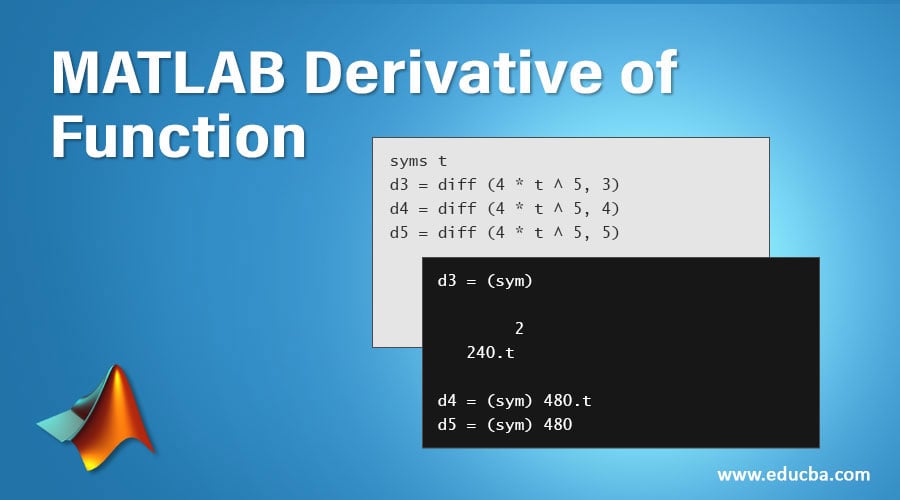
In the comparison images below (rendered with Cycles), the images on the left were rendered with physically correct glass settings, 8192 samples + denoising,Īnd the images on the right were rendered with “flat” transparency settings and 1024 samples + denoising. In this short article we’ll cover the different methods for rendering transparency effects, the reasoning behind them and the way to configure these settings in different render-engines. However, for thin surfaces of even thickness, like window glazing and car windshields, these optical effects can be rendered in much cheaper (non physical) methods, with very little compromise on final image quality or look, and even have an easier setup in most cases.įor this reason most popular render engines have object (mesh) and material (shader) parameters that allow configuration of the way these transparency effects will be rendered. In theory, all clear* refractive surfaces should have their shadow calculated using a refractive caustics calculation in-order to render the refractive lensing** effect correctly, have their transparency color calculated as volumetric absorption of light through the medium in-order to render the color correctly for areas of different thickness, and have not only external reflections, but also internal reflections calculated, in-order to render the interaction between light and the transparent body correctly. Posted in Arnold for Maya, Arnold for Maya Shading, Maya, OSL - Open Shading Language, Rendering, Shading Languages, Uncategorized Tagged arnold, custom, language, Maya, open, osl, shaders, shading 5 Comments Understanding Transparency Render Settings * Connecting the node to the graph is the same as described in the previous part (7)

The OSL shaders will be created as nodes with their editable attributes, that can be connected to an object’s shading network graph:.The compiled shaders will now be available as custom nodes in the Hypershade Arnold library with the typical “ai” (Arnold Interface) prefix added to their names:.When Maya loads, the MtoA (Maya to Arnold) plugin will automatically compile the shaders that are found in the folder, report about the compilations or found errors in the Maya output window, and create compiled *.oso files for each shader: Open Maya.env in a text editor and add the following line to it:ĪRNOLD_PLUGIN_PATH=D:\3DAssets\OSL_Shaders.This is an ascii text file containing environment variables that Maya loads at startup. Create a folder for storing your OSL shaders, and place you OSL shader files (*.osl) in this folder.Installing OSL shaders so they will always be available as custom nodes in the Hypershade library

When compiling OSL shaders “on the fly” using the above steps, the shader’s input parameters don’t necessarily appear at their intended order that is defined in the shader code. In the Connection Editor select outValue on the left side (node outputs) and surfaceShader in the right side (object inputs): To Apply the OSL shader to an object as a surface shader, disconnect the object’s current surface shader if it has one,Īnd then drag and drop the aiOSLShader node from the Hypershade window onto the object. * OSL shaders can be surface shaders, volume shaders, procedural textures, texture processors and more.
MATLAB SYMBOLIC TOOLBOX DERIVATIVE CODE



 0 kommentar(er)
0 kommentar(er)
